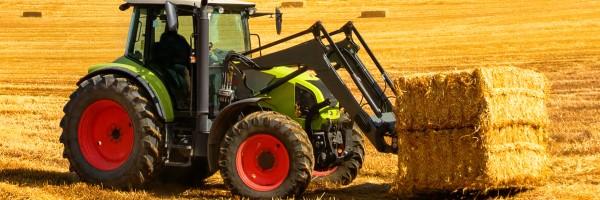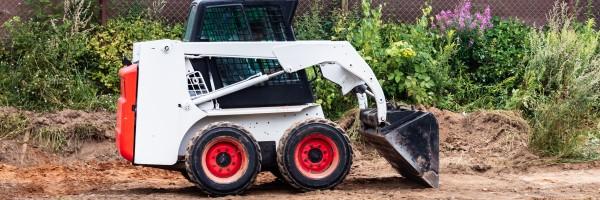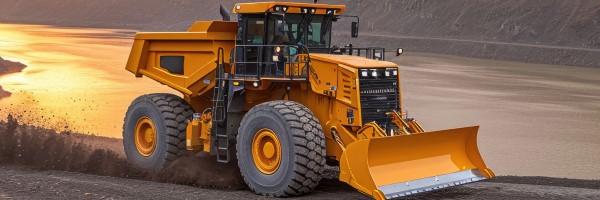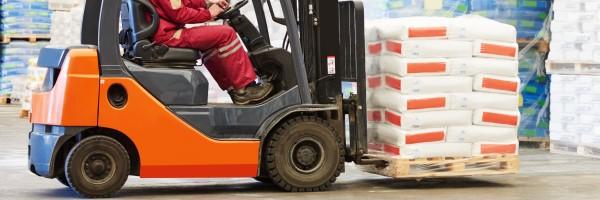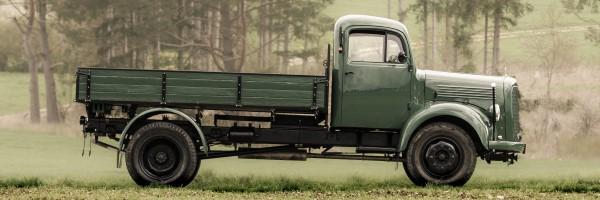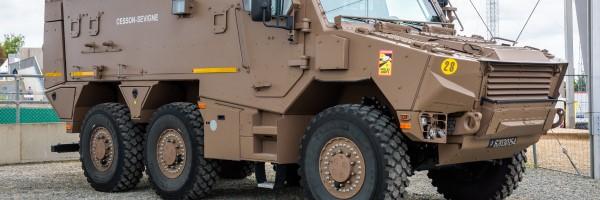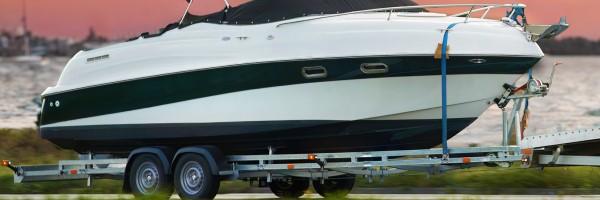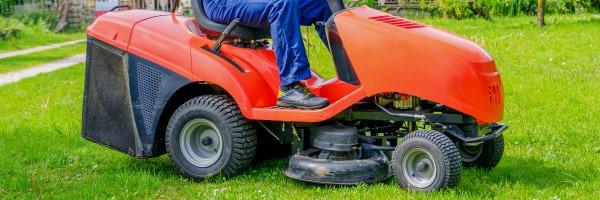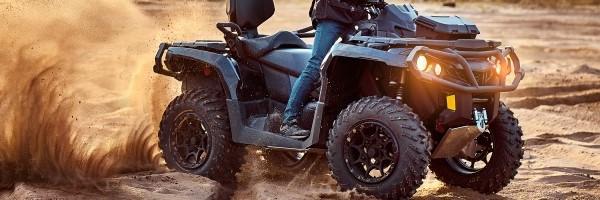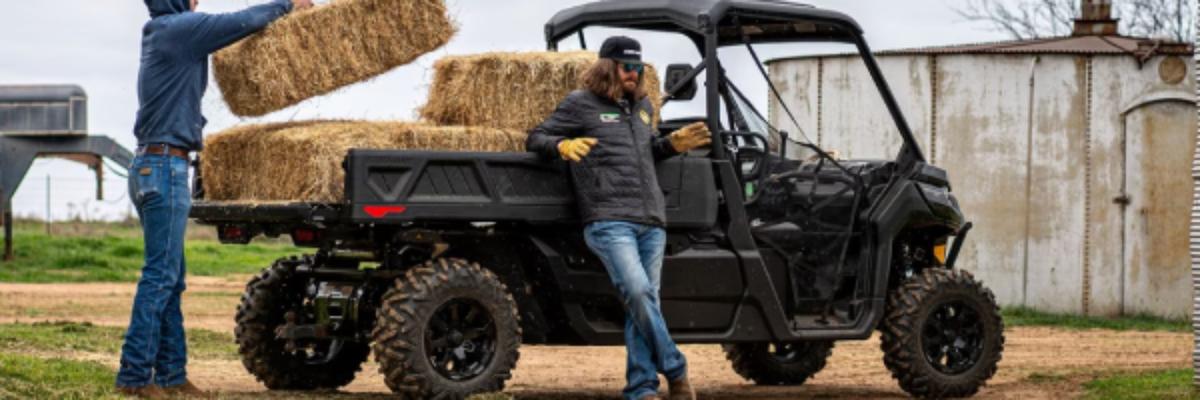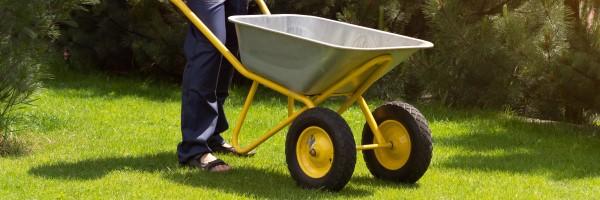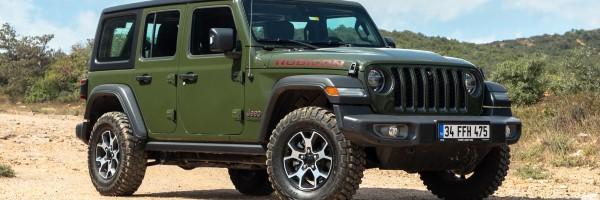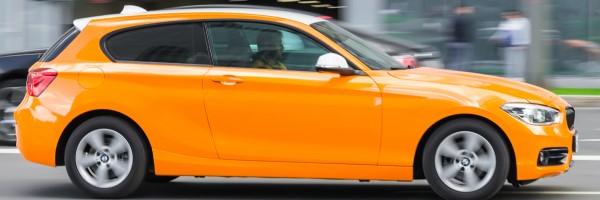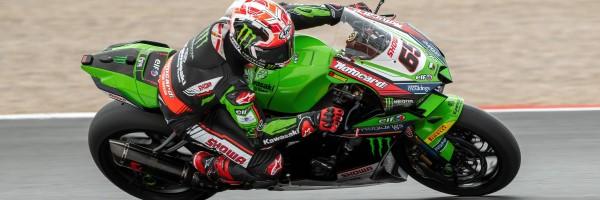

SHOP FOR SPECIALTY TYRES
Our tyre range covers every popular size & application, from small wheelbarrow to giant earthmover. Simply search our catalogue & buy online! If you can't find what you need then our friendly team is available by phone, live chat or email to answer questions & offer advice & assistance.
Use our tyre finder below to search our entire tyre catalogue of over 13,000 specialty tyres. You just need your tyre size to get started. Alternatively, try using our website text search bar by clicking on the magnifying glass at the top of the page. Always ensure you filter your results to match or exceed your current tyres load, speed or ply rating.
If you know the sector your tyre belongs to then please select it below to view the products that we list and to narrow down your search. Need assistance? for help!
Big Tyres offers you the choice from a wide range of tyre manufacturers, including well known premium brands, mid-range alternates and economy options to help you cut your costs. Select the brand you require below to view the products that we list and to narrow down your search. Contact us for assistance if you don't see the brand that you need.


